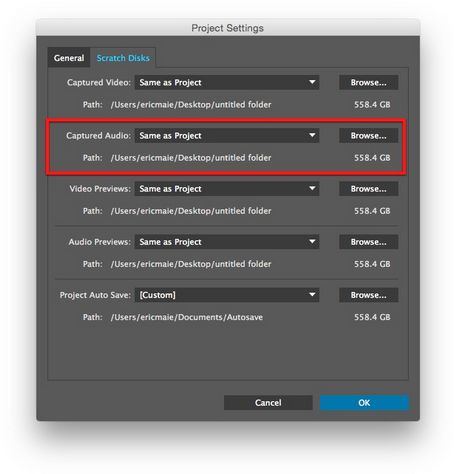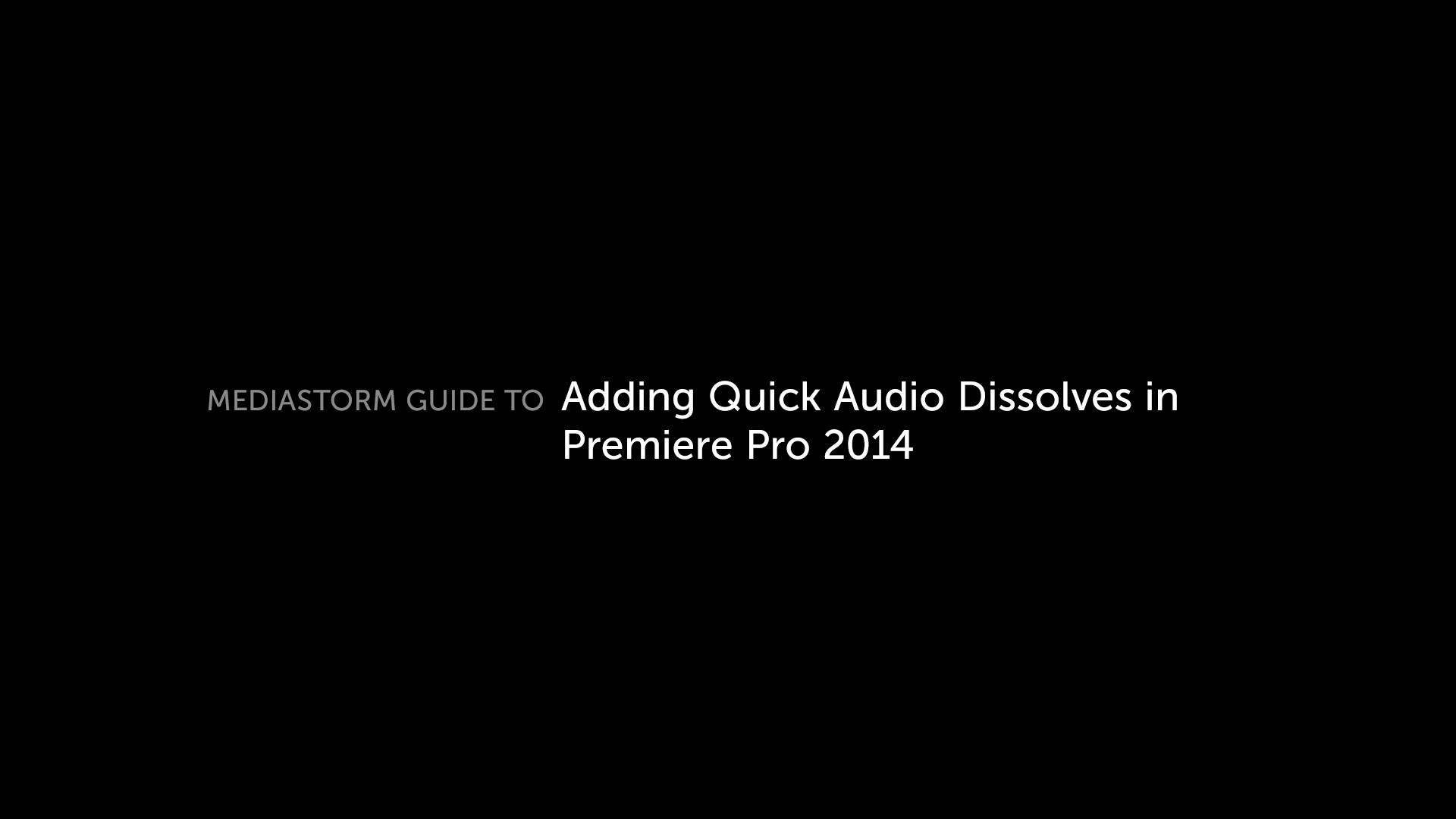How to Make a Kitchen-Sink Sandwich
When you edit it's easy to become enamored with your favorite moments, maybe a bit of narration here or a visual sequence there–parts you think are really working. It's easy to do and it's natural. But the more important question is, do these sections actually work within the context of the larger piece? Sure, they're beautiful on their own but how do they affect the overall story? Do they advance it? Or are they like a beautiful roadside dinosaur attraction, striking but totally out of place next to the suburban highway? The question is, are you making a kitchen-sink sandwich? Have you fallen in love with every ingredient in your refrigerator: the mayonnaise, the bleu cheese, the horseradish, the sauerkraut? Sure, they're all fine on their own but slap them together and nothing quite makes sense anymore. So when you're structuring your movie, ask yourself this, does the section in question connect…





